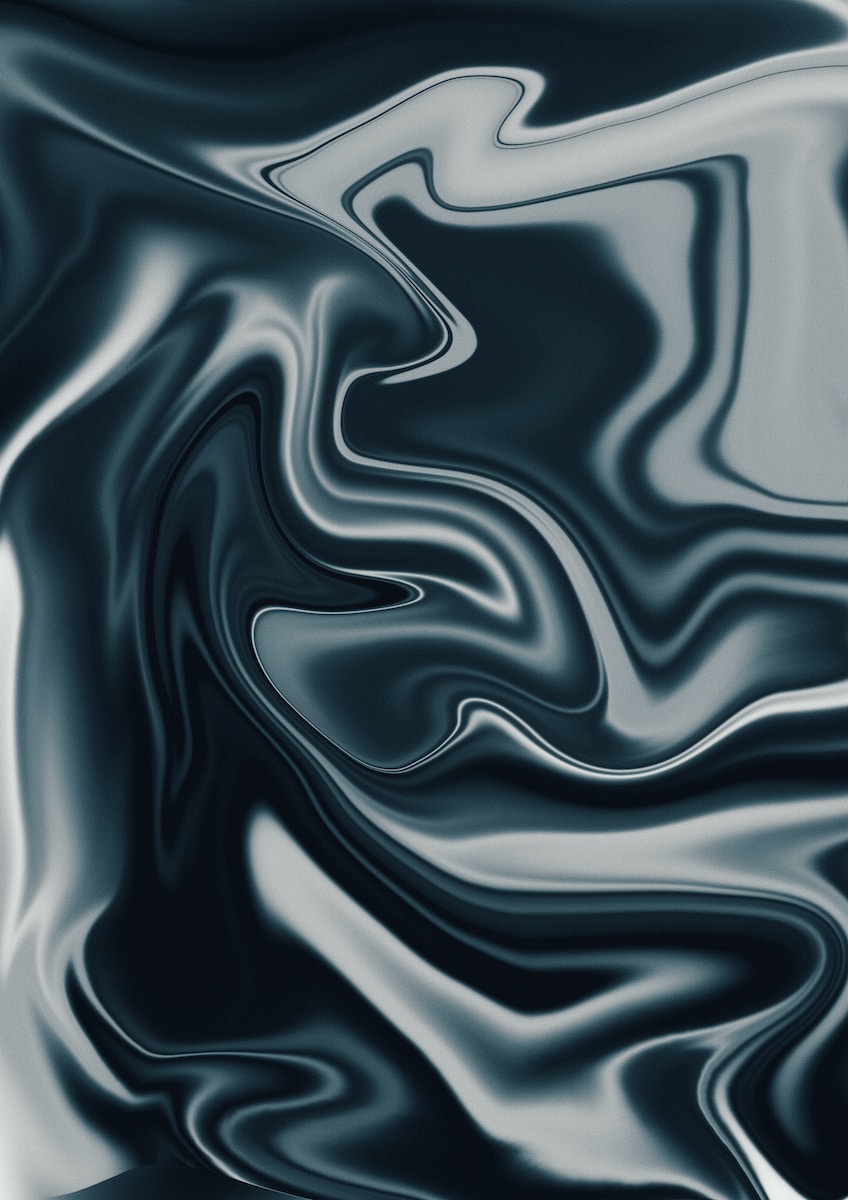I am Lili Whitman and I will take you through the enchanting world of colour grading as is expected in digital art.
Colour grading stands as a transformative technique, imbuing images with a unique visual language and emotional resonance, and here, we’ll dig into the science behind it.
Table of Contents
The Art and Science of Colour: A Harmonious Symphony
Colour grading is more than a mere visual enhancement; it’s a dynamic interplay of emotions, symbolism, and scientific principles. Colour grading, often perceived as a purely artistic Endeavor, is deeply rooted in scientific principles. By understanding the science of light, colour perception, and human psychology, artists can harness the power of colour grading to enhance the visual impact of their work, evoke emotions, and convey specific messages.
Harnessing the Power of Light: A Symphony of Shadows and Highlights
Colour grading is fundamentally about manipulating light within an image. By adjusting exposure, contrast, and shadows, artists can create a sense of depth, dimension, and atmosphere. Understanding the behaviour of light in different environments and conditions empowers artists to create realistic and visually compelling scenes.

Understanding Colour Theory: The Foundation of Chromatic Mastery
At the core of artistry lies a deep understanding of colour theory. From the emotional impact of warm hues to the calming effect of cool tones, it is the studying of tints, shades, as well as colour wheels and classifications of primary, and secondary colours.
But here, we will be talking about the Chromatic Mastery. Chromatic is a pure colour that contains no hints of white, black, or grey. E.g. red, green, yellow, blue, orange, purple, brown, and pink.

Colour Theory: A Symphony of Hues and Moods
Colour theory serves as the foundation of colour grading. By understanding the relationships between different colours, artists can create harmonious palettes that evoke specific moods or emotions. Warm tones, such as red, orange, and yellow, can convey energy, passion, or excitement, while cool tones, such as blue, green, and purple, can create a sense of tranquillity, mystery, or sadness. Colour grading plays a pivotal role in establishing the mood and atmosphere of an artwork.

By carefully selecting and manipulating colours, artists can create a sense of joy, sorrow, nostalgia, or even fear. The emotional impact of colour grading is often subtle, yet it can profoundly influence the viewer’s experience of the artwork.
Human Perception: A Symphony of Emotional Responses
Colour grading takes into account the intricacies of human colour perception. By understanding how the human brain processes and reacts to different colours, artists can make informed decisions about colour choices and manipulation.
Certain colours can trigger specific emotions, associations, and memories, allowing artists to subtly guide the viewer’s emotional response to the artwork.

Precision in Colour Grading Tools: A Symphony of Pixels
From fine-tuning saturation levels to manipulating contrast, every adjustment is a calculated move. The science lies in the meticulous control of pixels, allowing you to achieve the perfect harmony of colour compositions.

Hue, Saturation, and Luminance

Basically, a color – red, orange, yellow, green, etc. – is a hue. But there’s more to color than just the color itself. There are also many different shades of colors, darker or brighter versions of that color. While the hue is the basic color, saturation and luminance determine the shade of that color.
Think of saturation as how much gray is in a color. A highly-saturated color has a lot of pure color in it, and very little gray. The more gray, the less color. A color with less gray and m more color is more saturated and the color looks more vibrant, even bordering on cartoonish when very highly saturated.
Luminance is how bright a color is, or the amount of white or black in a color. A color with more black added to it appears much darker; a color with more white appears much brighter.
A color with high saturation and high luminance appears very, very bright. A color with low saturation and low luminance appears very close to black. But a color with high luminance and low saturation appears very close to white. A color with high saturation and low luminance appears as a very dark shade of the color.
Adjusting hue, saturation, and luminance can produce any possible color. Most color correction tools include “HSL” sliders for doing exactly that.
Artistic Storytelling
Colour grading serves as a powerful tool for visual storytelling. By shifting colour palettes throughout a sequence of images, artists can convey the passage of time, indicate changes in mood or setting, and even hint at hidden symbolism. Colour grading becomes an integral part of the narrative, subtly guiding the viewer’s interpretation of the artwork.
“Colour grading is a dance between emotion and precision. Each pixel carries the weight of storytelling, and my goal is to let the science of colour guide that dance, creating visual symphonies that resonate with the soul.”
Creative Expression
Colour grading offers artists a boundless realm for creative expression. By experimenting with unconventional colour combinations, manipulating saturation and luminance, and incorporating colour grading techniques from different genres, artists can create unique and captivating visuals that defy expectations.
Conclusion
Colour grading, when approached with both scientific understanding and artistic sensibility, becomes a transformative force in the realm of digital art. Whether you’re a seasoned artist or a budding enthusiast, this fusion of artistry and precision beckons you to explore the limitless possibilities that colour grading offers in the digital canvas.
















Got a Questions?
Find us on Socials or Contact us and we’ll get back to you as soon as possible.